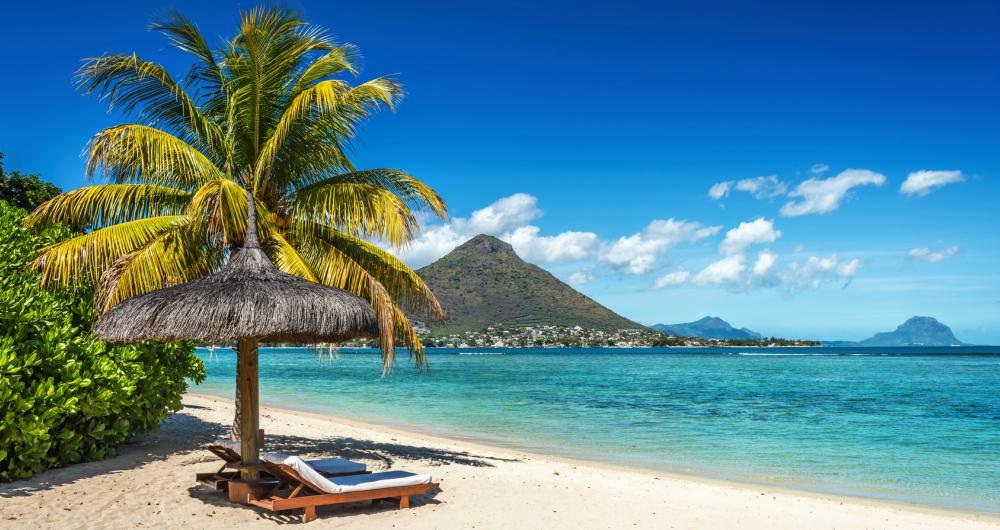- Mauritius is an island nation in the East Indian Ocean known for pristine beaches, plunging waterfalls, verdant rainforests, colorful coral reefs, and cool lagoons.
- Diverse culture and sumptuous cuisine only add to the island’s allure.
- A popular dive destination, there’s an underwater world that’s equally enticing.
- Those lucky enough to make it to this heaven on earth will appreciate these things to do in Mauritius.
1. Aapravasi Ghat World Heritage Site
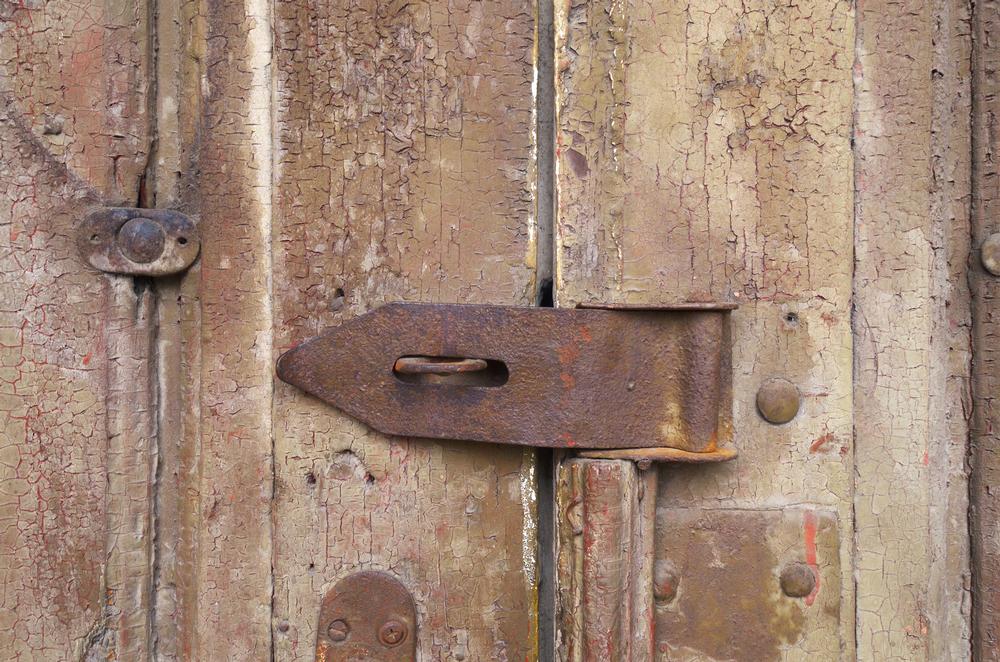
Only the most significant places around the world have the honor of becoming a World Heritage Site. Aapravasi Ghat is one of those places. Once an immigration port for an Indian workforce, the site is now a century and a half old. The site is recognized as part of the British government’s decision to transition from slavery to employing an indentured servant workforce. The site features a memorial to those that were brought there. With remnants of the sugar plantations on the site, a historic military hospital, and former customs areas, taking a guided walking tour through Aapravasi Ghat is a great way to understand a bit more about the complex history of Mauritius.
Ex-DWC Building, 1 Quay Street, Port Louis, Mauritius, Phone: +23-02-17-31-58
2. Black River Gorges National Park

Located in the southwestern part of Mauritius, Black River Gorges National Park is the largest protected land area in the island nation. Many endemic animal species live in the park, including the Mauritian flying fox, a bat, and an echo parakeet, a bird known for its bright green color. It’s also common to run into others enjoying the park, hiking and jogging. With tables located along the trails, the park is a great place to have a picnic. The park protects the remaining Mauritius rainforest and, by continuing its conservation efforts, will continue to do so for generations to come.
B103 Plaine Champagne Road, Mauritius, Phone: +23-04-64-40-53
3. Blue Penny Museum
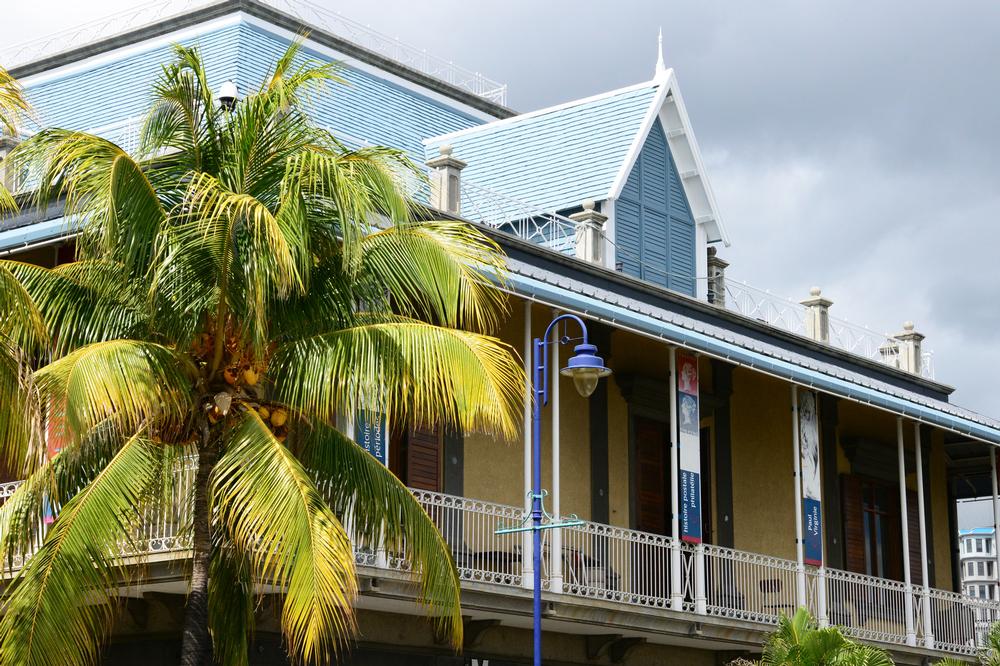
The Blue Penny Museum, located at the Le Caudan Waterfront, houses some of the most important historical and cultural artifacts from Mauritius’ varied history. Themed visits explore various eras from the past, from the island’s Dutch rule to the first postal stamps made on the island. Guided private tours (generally 45 minutes to an hour) can be set up to take visitors along various eras after business hours. For anthropological experts, the museum can create individualized in-depth tours to concentrate on one part of history. Visiting the museum will allow tourist to learn about Mauritius and develop a better appreciation of their trip.
Caudan Waterfront, Block A, Port Louis, Mauritius, Phone: +23-02-10-81-76
4. Blue Safari Submarines
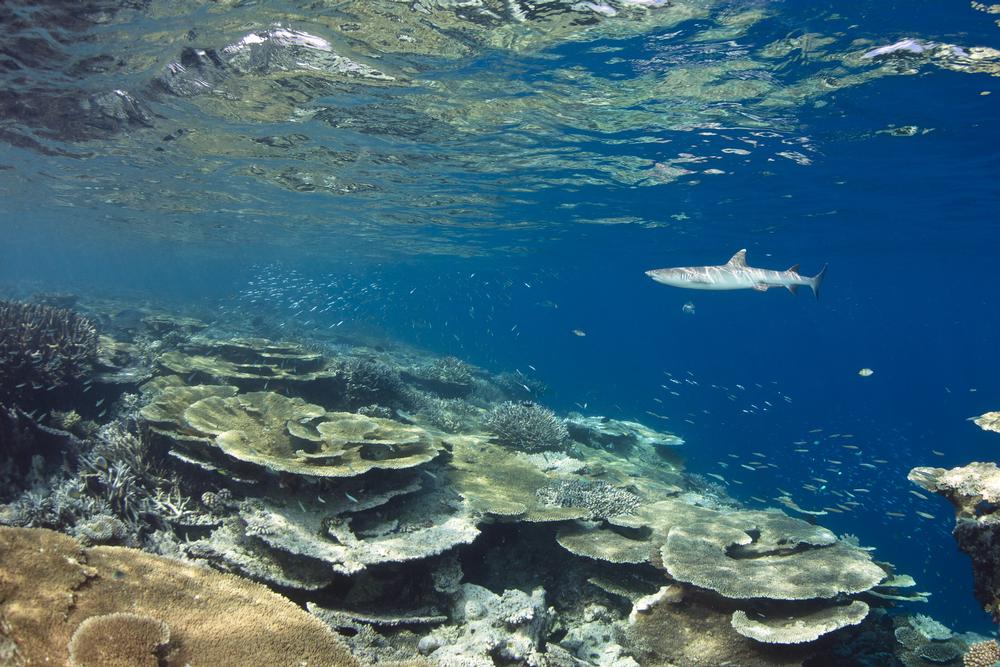
Gliding through the ocean waters, the submarine is a great place to observe sea animals up close. Blue Safari Submarines allows visitors to go deep in the Indian Ocean to see diverse wildlife, including colorful fishes and the mako shark, the fastest shark. Although no children under the age of 2 are allowed on the submarine, there’s no upper age limit, making the submarines are a great family-friendly option for all generations. Passengers also have the option of boarding a subscooter to explore on their own or with a partner. Besides observing the oceanic wildlife, Blue Safari also offers underwater lunches and champagne dives.
Coastal Road, Trou aus Biches, Mauritius, Phone: +23-02-65-72-72
5. Bras d'Eau National Park
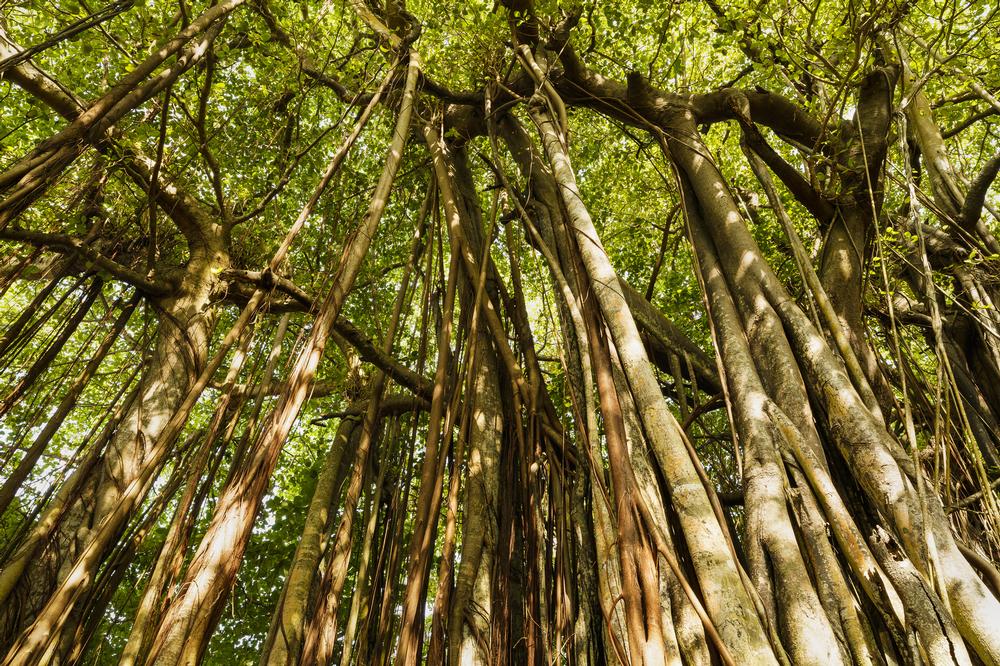
In the northeast part of the island, Bras d’Eau National Park is home to an assortment of native wildlife and flora. It’s actually one of only three national parks in all of Mauritius. Hiking and bird watching are two of the most popular ways for visitors to enjoy the park. There are two trails here, the Coq des Bois Trail and the Coq de Bois Loop. Both wind through the forest and are easy to explore. Native vegetation in the park includes a thriving mangrove population, and native wildlife to the park includes many colorful migratory birds. This coastal region tends to be hot and humid.
Bras D’Eau, Mauritius, Phone: +23-04-10-53-62
6. Casela Nature & Leisure Park

The most visited park on the island, Casela Nature and Leisure Park sits on a hill overlooking sugarcane fields with Rempart Mountain in the background. Established in 1979 as a bird sanctuary, the park has become a favorite among tourists and locals alike. Casela hosts a variety of adventures for everyone in the family. Parkgoers can try ziplining, get face-to-face with a cheetah, or ride a camel through the nature reserve. Young kids will enjoy feeding the lorikeets and giraffes, which also makes for great photo opportunities. A big part of the Mauritius economy, park revenue also helps conservation efforts on the island.
Route Royal, Cascavelle, Mauritius, Phone: +23-04-01-65-00
7. Chamarel Waterfall
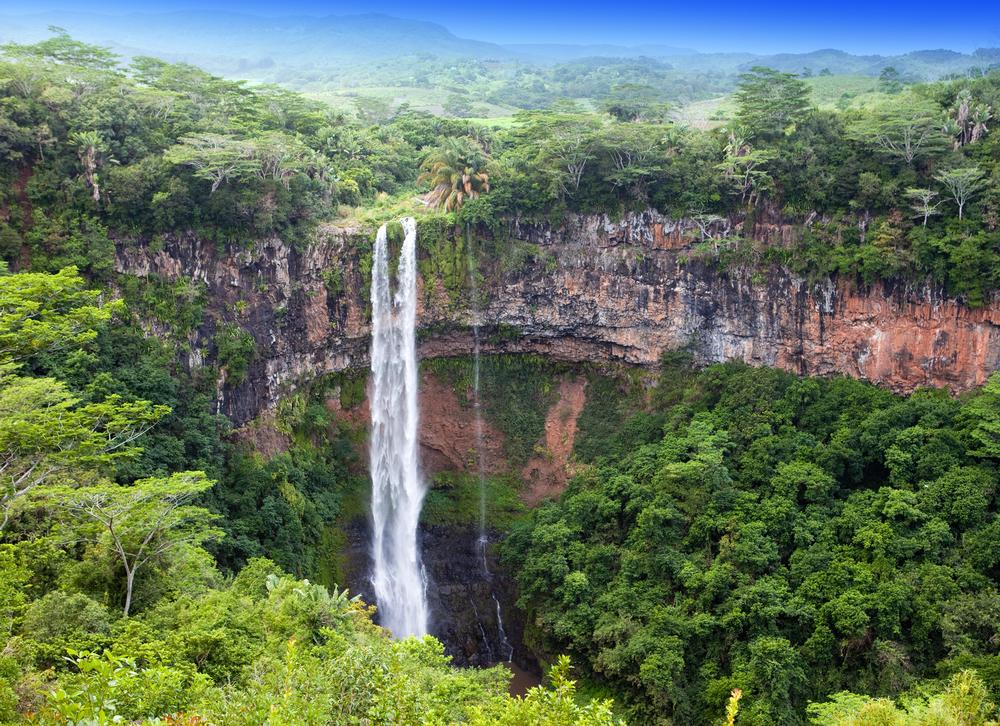
Over 200 feet tall, the Chamarel Waterfall has been enjoyed by visitors and locals for generations. From afar, the best views of the waterfall are of the Chamarel Seven Coloured Earth reserve. To get up close to the falls, which are formed by the River St. Denis, there is a trail that leads to the shallow waters beneath. Surrounded by the lush vegetation of the Black River Gorges, this is one of the most beautiful sites on the island. Adrenaline seekers can reserve an opportunity to abseil from the top to the pool, a descent of about 310 feet, with Vertical World.
Riviere Noire District, Mauritius, Phone: +23-02-69-10-00
8. Champ de Mars Racecourse
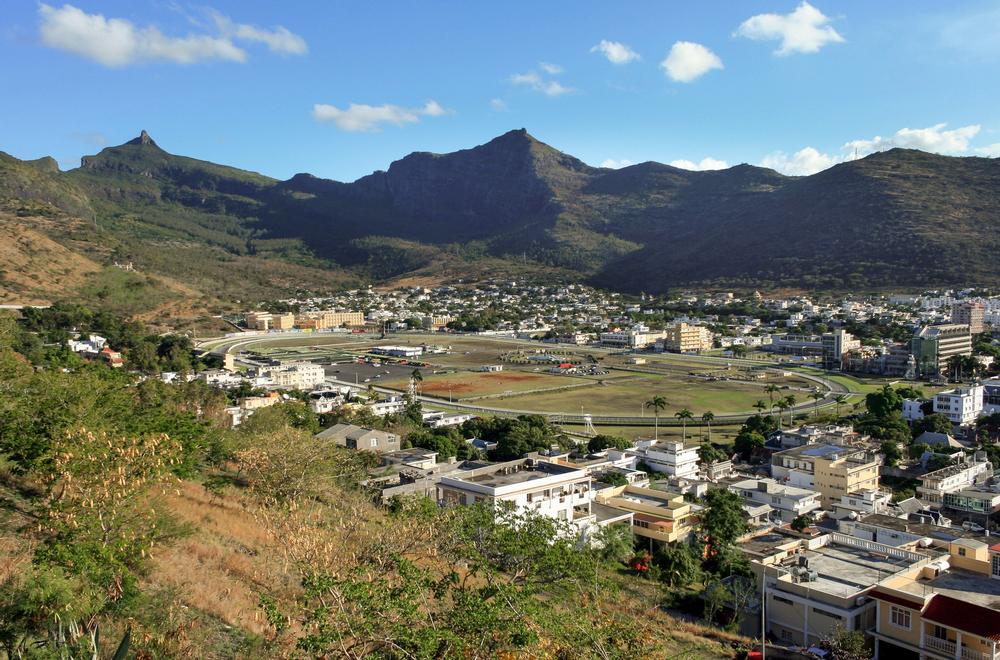
Since the early 1800s, horse racing has been a hugely popular pastime in Mauritius. The Champ de Mars is not only a racecourse but is also an integral part of Mauritius history. Over a 150 years after its opening, the country made the racecourse the locale for their declaration of independence. Although the island nation is small, the racecourse is held to a high international standard and thoroughbred horses from all over the world are brought here to compete. Today, admissions to the grounds are usually free of charge while tickets in the stands are about Rs 50 to Rs 100.
9 Dauphine Street Port Louis, Mauritius, Phone: +23-02-12-22-12
9. Chateau de Labourdonnais
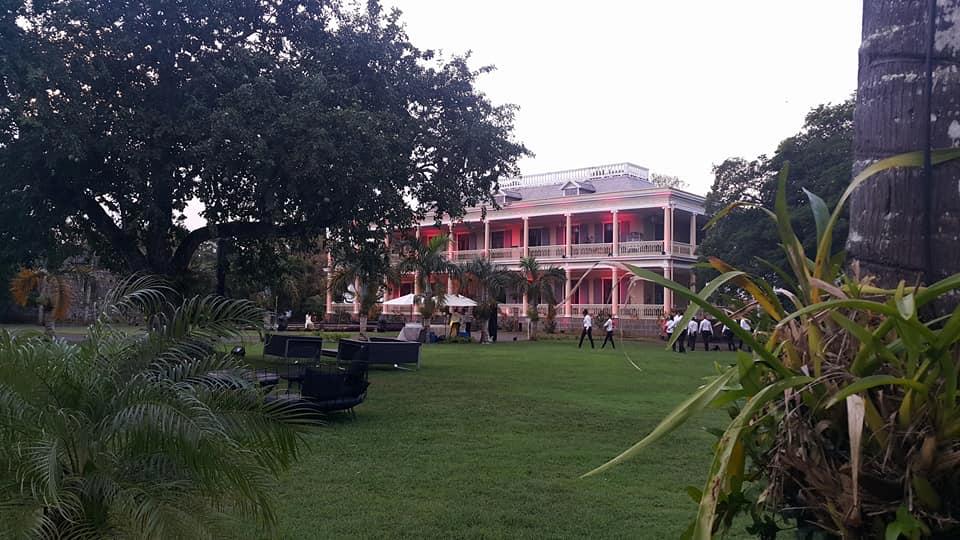
The Chateau de Labourdonnais has been home to the Wiehe family for over a century. Evolving from a personal property to a place for visitors and locals to visit hasn’t put a damper on the architectural history of the home. The château is now also home to a crop processing center where the home brand Les Vergers de Labourdonnais supplies most of the hotels with fresh fruits. A charming café close to the château is the perfect place to relax with a cup of coffee or a quiche. Large events are commonplace on the property, and cocktail receptions, weddings, and conferences are hosted on the grounds, which feature an extensive garden.
Riviere Du Rempart, Mauritius, Phone: +23-02-66-95-33
10. Curepipe Botanic Gardens
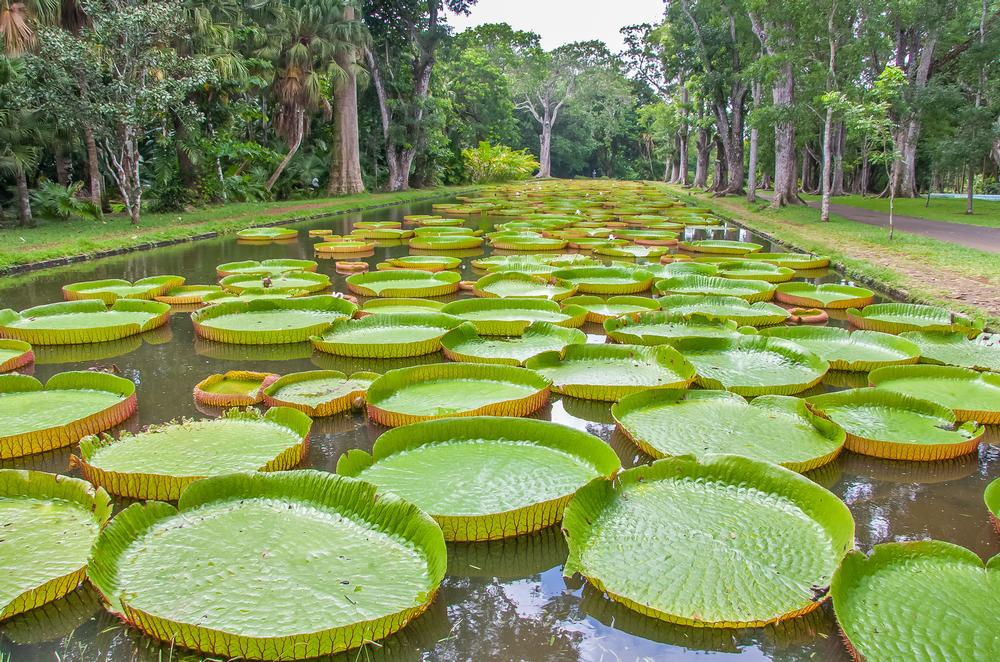
Home to the world’s rarest palm tree, the informal Curepipe Botanic Gardens are a natural reserve located in Plaines Wilhems District in Curepipe (also referred to as La Ville-Lumière, or The City of Light). Originally planned to be the location of exotic plants, they now comprise the second largest botanical garden in Mauritius. The garden’s design in 1870 was to aid the growth of plants that thrive in cool weather. Boasting the rarest and most endangered endemic plants of Mauritius, the Curepipe Botanical Gardens, are a quiet place in nature for guests to relax on their island vacation. There is also a lake and river on the property.
Route des Jardins, Curepipe, Mauritius, Phone: +23-06-74-00-03
Plan Your Trip


